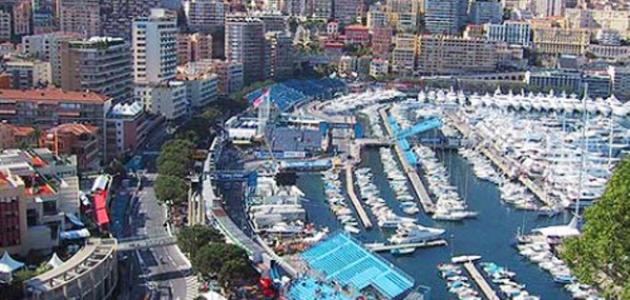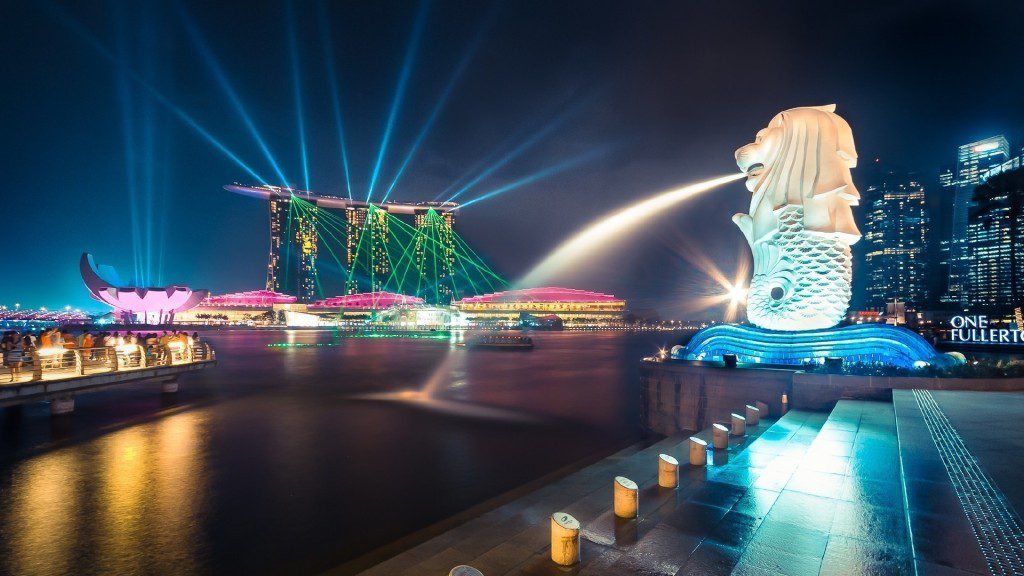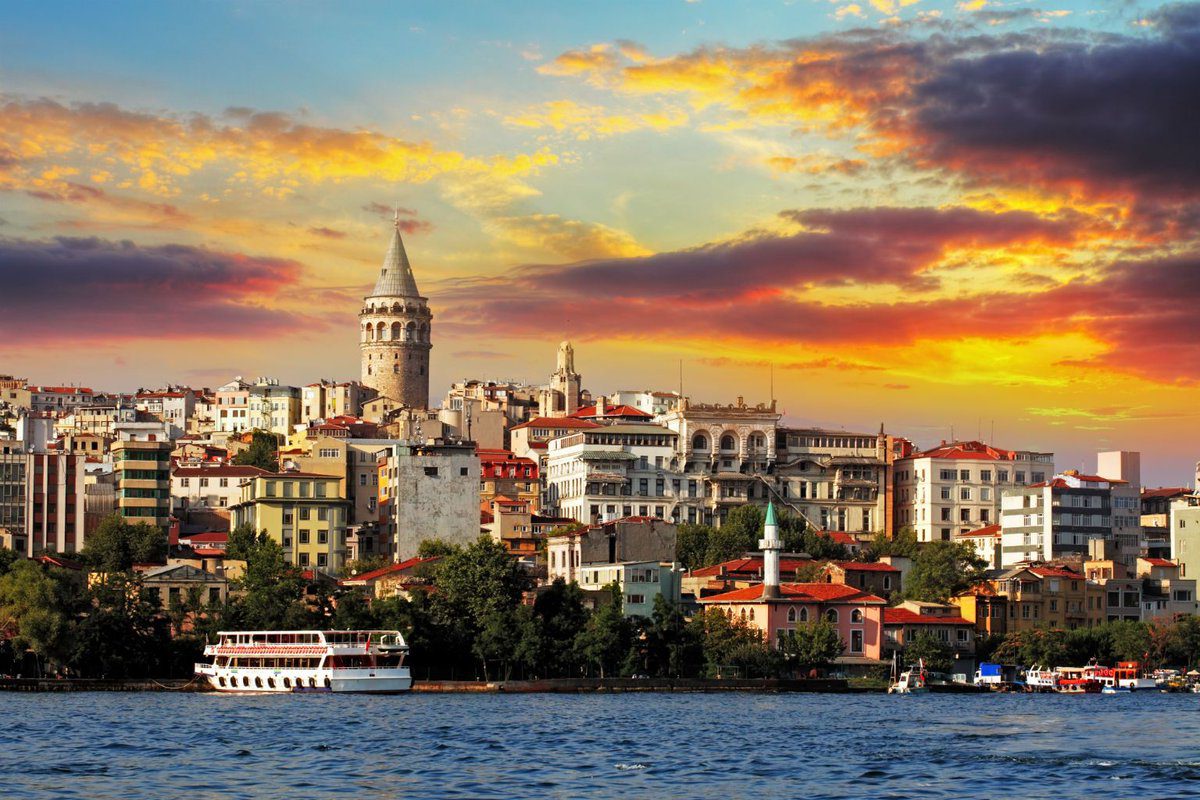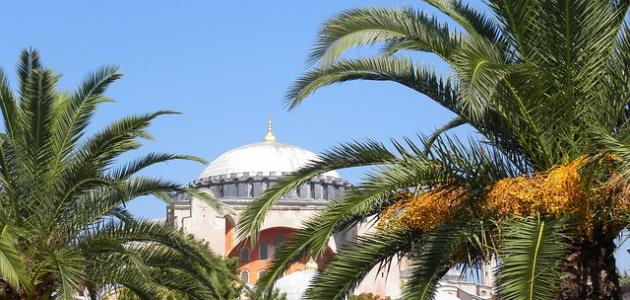Table of Contents
Norway
Norway (in English: Norway); it is a country located in the northwestern part of the continent of Europe, while a third of its territory in the northern part is located on the northern polar circle. Norway is one of the Scandinavian countries and the Vikings lived on its land in the past, and they influenced the indigenous people who became marine peoples; that is, they depend on the coastal coasts for most of their activities, as the sea coast of Norway is famous for its water bay.
The system of government in Norway is a constitutional monarchy, and government is divided between the king, the prime minister, the government and parliament, and the Constitution of Norway is relied upon to divide the powers into legislative, executive and judicial. The King of Norway appoints the head of government who represents the largest party or coalition in the country, and the Council of Ministers is responsible for public policies, while Parliament is the body responsible for drafting laws, and its members are elected for a period of four years. Courts are the judicial bodies responsible for enforcing the law, examining important cases and appeals.
The capital of Norway
Oslo is considered the official capital of Norway and the largest city between its cities, and is located on the Strait of Oslo in the southeastern side of the country, where the city was established by King Harald in 1050 AD, and it contained approximately 1,300 castle; but Oslo was exposed For destruction in 1624 AD, King Christian IV rebuilt a new city on its lands and called it Christiania, and since the nineteenth century AD the city has witnessed a growth in population.
In 1925, the city became officially known as Oslo, and developed rapidly after the end of World War II, and with the passage of time the population areas in the west and east of the city developed. Oslo is the commercial, banking, industrial and maritime center of Norway, as it is the largest port in the country, and it contains many airports and leading cultural institutions such as the National Theater and the Norwegian Opera House, the History Museum and the National Museum of Art, as well as a group of green parks. Oslo contains Akershus Castle, a historical monument dating back to the fourteenth century AD.
Geography
In the Ice Age, the lands of Norway were thick ice, and as a result of the movement of the earth this led to melting ice and the appearance of the geographical topography of Norway, where a group of islands, mountains, rivers and lakes formed, and then deep valleys gradually emerged, and later led to the emergence of the Strait of Norway. The Norwegian country is considered one of the most European countries that contains mountains, and the mountainous regions extend from the northern part to the southern part within the scopes of Scandinavian mountains. Currently, the geographical area of the capital, Oslo, is 453 km2 of the total area of the Norwegian state.
Most of the land in Norway is considered rugged, and contains a group of plateaux, forests and glaciers remaining since the era of the Ice Age. Tundra is located in the Arctic region, and its lands form grassy plains and low shrubs. The southern plateau is located in the middle of the slopes, which are mountainous areas and agricultural hills containing On fertile lands, a group of other plains is also spread on the southeastern side, and along the southern coast of Norway.
the climate
The prevailing climate in Norway is considered moderate due to the North Atlantic drift, and the northern regions are cooler than the southern regions, while the interior regions are considered cool compared to the western coast, and the general climate affects western winds, and the average temperature affecting the city of Oslo during the year is about 5 ° C in January, down to 28 ° C in July. The summer in Oslo continues during the time period between May to August, and winter continues during the months from September to April.
The annual temperatures in the coastal areas are less than the continental interior, and the eastern valleys region has an average rainfall of less than 30 cm during the year, and Norway is called the land of the sun, because daylight continues until midnight in the time period of May ) To the end of July, and the long winter nights start from late November to the end of January.
demographics
The estimated number of the population of the city of Oslo is 986,000 in 2015, based on the results of the United Nations of the approximate total population of Norway, according to statistics in 2016, to 5,265,158 people. Of Norwegian origins, about 94.4%, while immigrants from Europe constitute 3.6%, while the rest of the population are from minorities, which constitute approximately 2%. The Norwegian language is considered the official language in the country, and some minorities use the Finnish language, and Lutheran Christianity is considered the most prevalent religion among the population by about 82.1% according to the results of the year 2011 AD, and government spending on education based on statistics in 2013G amounts to 7.4% As for the spending on health, according to the results of 2014, it reached 9.7% of the GDP.
Economy
The private economy in the city of Oslo is diversified and is classified in the continent of Europe among the highest gross domestic results, as the average per capita income reached 49,465 euros in 2003. The public economic sector in Norway is considered stable, and is witnessing development in both the private and public sectors, with care to apply a wide network of social security, and Norway left the European Union in 1994 after it was put up in a public referendum, but it is considered a member of the European economic region, and contains Its lands contain a group of natural resources, the most important of which are gas, oil, minerals, fish and energy sources.
The Norwegian government has organized the oil sector, which contributes to 9% of employment opportunities, and constitutes the equivalent of 15% of GDP. Norway is considered one of the largest oil exporters in the world, and oil production in 2015 reached approximately 50%, and contributes to providing Many economic returns, the value of which is more than $ 800 billion since the beginning of 2016, but oil prices faced a decrease in 2015, which led to a high rate of unemployment, so the government was keen to reduce the negative consequences of the decline in gas and oil; by reducing the prices of Norwegian exports, And raising the value of public spending to help prevent this from happening Economic recession.








